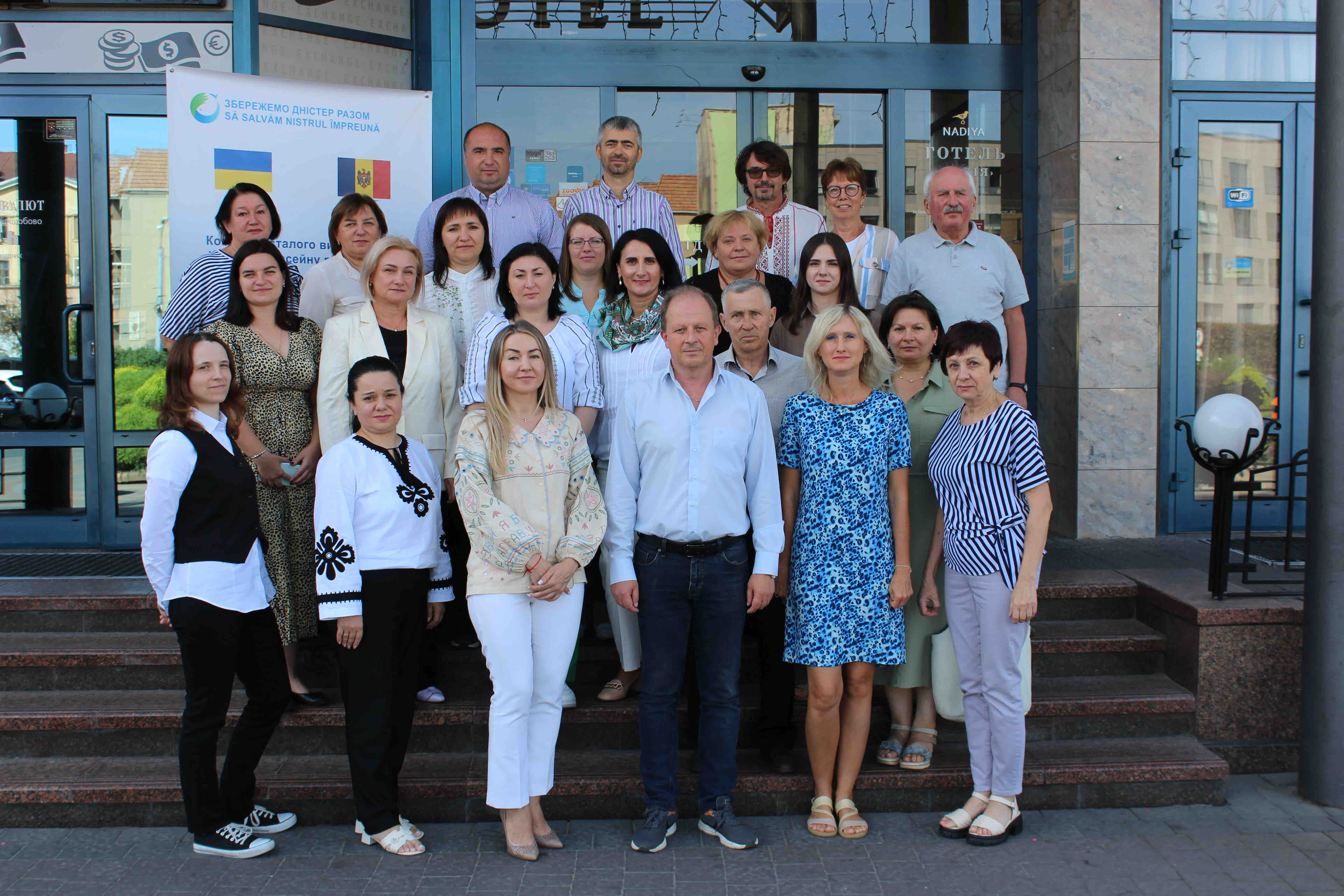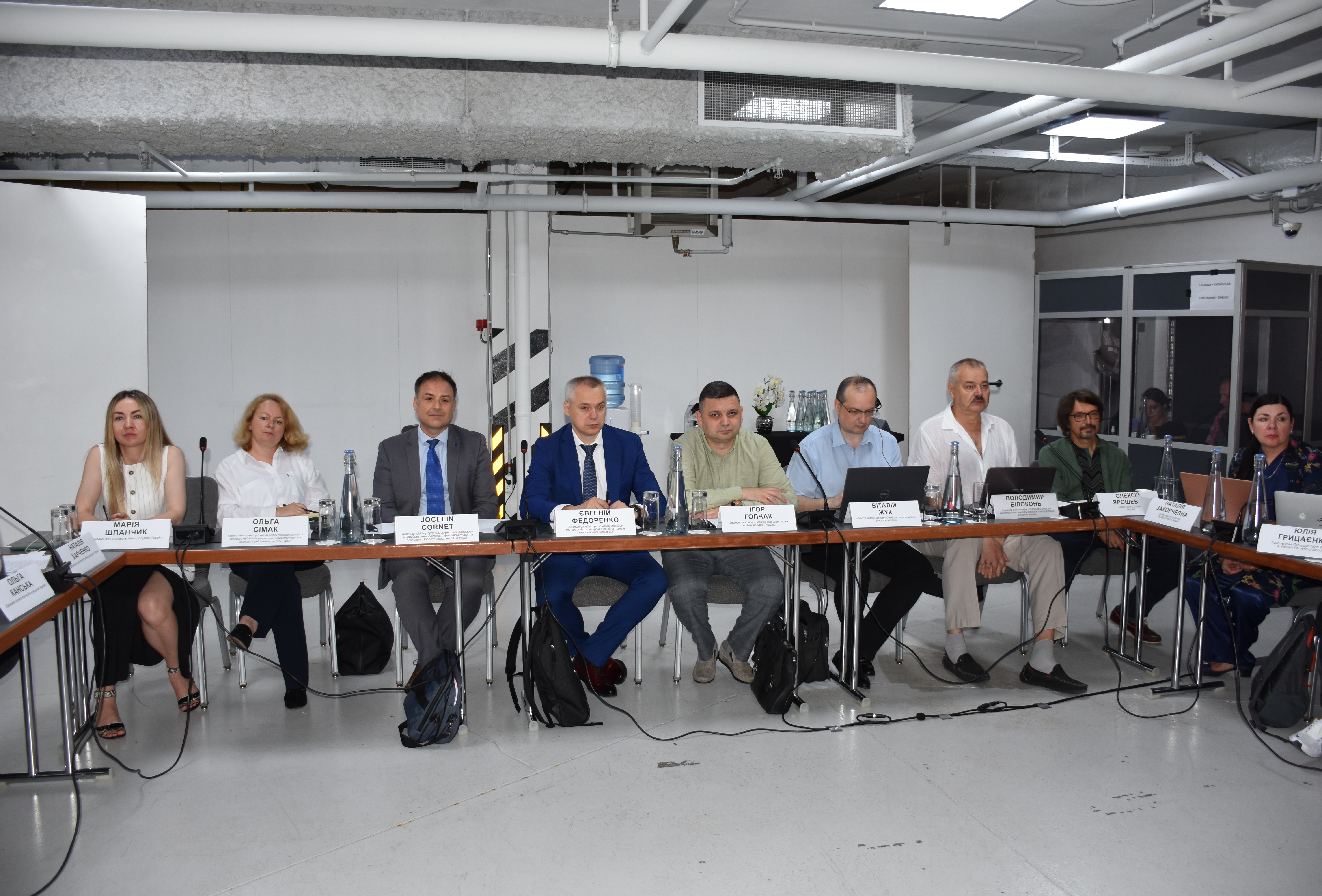- Country: Regional
- Component: Water resources
Ivano-Frankivsk hosts key talks on Dniester River management
The Commission on the Sustainable Use and Protection of the Dniester River Basin convened its working groups in Ivano-Frankivsk, Ukraine, on September 5-6, 2024, to discuss strategies for sustainable river basin management, water monitoring, and information exchange between Moldova and Ukraine.
The two-day meetings gathered experts from both countries to review and plan key initiatives for the Dniester River Basin. The first day featured the 8th meeting of the Working Group on River Basin Planning and Management. Key topics included presentations on the National River Basin Management Plans (RBMP) for Moldova and Ukraine, covering the period up to 2030, alongside discussions on flood risk management and the hydrological regime of the Dniester River.
On the second day, the focus shifted to the Working Group on Monitoring and Information Exchange, which evaluated the state of water quality monitoring in the transboundary basin. Presentations highlighted the assessment of chemical and ecological statuses of water bodies, and joint efforts in water sampling were undertaken to ensure data consistency across borders. Participants also discussed the alignment of their activities with EU water monitoring regulations, setting the stage for coordinated water management efforts in the coming years.
These meetings reflect ongoing efforts by both countries to ensure the sustainable use and protection of the Dniester River Basin, an essential water resource shared by Moldova and Ukraine.
Article on the website of the Ministry of Environment of Moldova: https://www.mediu.gov.md/ro/content/5052
These efforts are part of a broader regional initiative supported by the EU, aiming to improve water management in Eastern Partnership countries. For more details on Ukraine’s progress in the water sector with EU support, read this article.
More information about transboundary cooperation: https://www.eu4waterdata.eu/en/blog-news/54-eap-region/140-world-environment-day-cooperation-on-shared-waters-in-the-eastern-partner-countries.html







